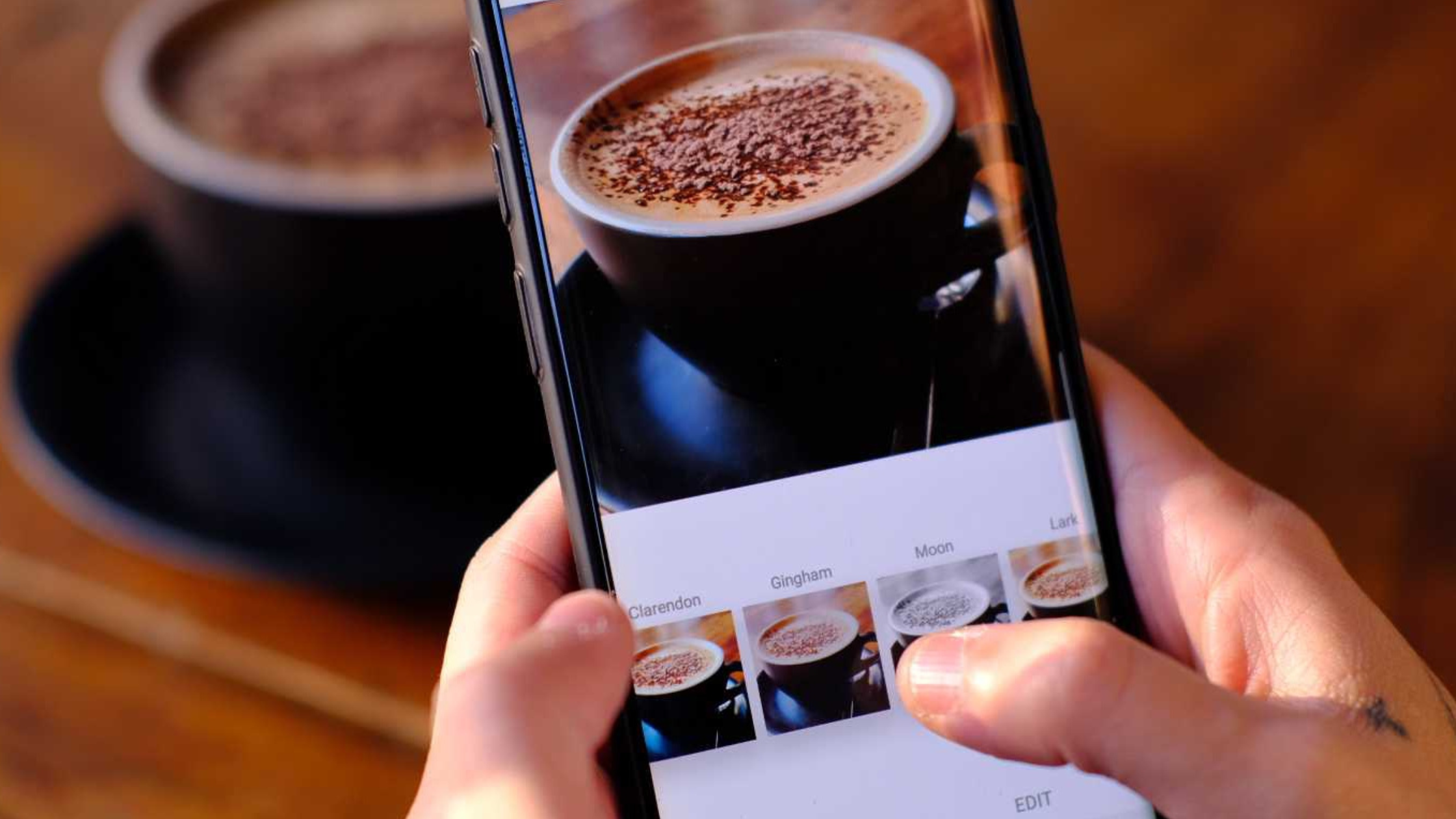Table of Contents
ToggleLeveraging Facebook Video Ads for Maximum ROI
As a digital marketing consultant who specializes in paid social media advertising, I know that Facebook video ads can be an incredibly powerful tool for driving conversions and sales. In this comprehensive guide, I’ll share my proven secrets for maximizing return on investment (ROI) from Facebook video campaigns. With over a decade of hands-on experience running Facebook ads, I’ve learned what strategies connect with audiences and inspire them to take action.
Whether your goal is lead generation, mobile app installs, online sales or raised brand awareness, properly optimized Facebook video ads can help you achieve it. I’ll cover how to:
- Craft engaging video creative that captures attention
- Target your ads to reach your ideal audience
- Write compelling ad copy that sells
- Set up conversions and optimize for your goals
- Analyze results and improve ROI
Follow my data-backed framework for Facebook video ads, and you’ll have an unfair advantage over competitors still struggling to make social media advertising work for them. Let’s dive in!
The Power of Facebook Video Ads
Video content has exploded in popularity on social media in recent years. Cisco projects that 82% of all consumer internet traffic will be video by 2022. And Facebook video generates 12x more shares than text and images combined.
With 2.9 billion monthly active users, Facebook gives you unparalleled reach for your video campaigns. Facebook users watch 140 million hours of video daily on average. And video ads on Facebook can yield returns on investment as high as 50X.
But ads must be done right to realize this potential. Randomly posting video won’t cut it. You need strategic paid distribution to get your videos in front of qualified audiences.
Facebook video ads enable you to:
- Reach your target audience – Define exactly who sees your videos based on location, demographics, interests and behaviors. Target users more likely to convert.
- Increase engagement – Video content captures attention and connects on an emotional level. Include a strong call-to-action to drive clicks and conversions.
- Track performance – Track views, click-through rate, cost per result and other metrics to optimize your campaigns.
- Retarget viewers – Remarket to people who have watched your video to increase conversions.
Leveraging these capabilities is key to improving ROI from your video marketing. In the rest of this guide, I’ll show you how.
Crafting Video Ads That Convert
Your video creative makes the first impression that determines whether viewers engage or scroll past your ad. You need compelling video content to break through the noise.
Types of Facebook Video Ads
There are several ad formats to choose from:
- In-stream – Pre-roll and mid-roll video ads that play before/during other videos.
- In-feed – Videos that appear in users’ News Feeds like organic content.
- Instant Experience – Mobile-optimized, immersive experiences.
- Collection – Showcase multiple videos in one ad unit.
- Canvas – Full-screen vertical video experience.
I recommend testing a mix to see which resonates most with your audience. In-stream and In-feed tend to have the widest reach potential.
Best Practices for Video Creative
Follow these best practices when producing video ads:
- Mobile-first – Over 94% of Facebook video views happen on mobile. Optimize footage for vertical viewing.
- HD quality – High-definition footage looks more professional and keeps viewers’ attention. Invest in proper equipment and lighting.
- Square aspect ratio – 1:1 ratio looks great on both desktop and mobile feeds.
- Short length – 15 to 30 seconds is ideal. You can include a longer video and set the thumbnail as a trailer.
- Clear audio – Ensure voiceovers are audible with minimal background noise. Add subtitles.
- Clear CTA – Include a prominent call-to-action button/graphic telling viewers what to do next.
- Branding – Include your logo, colors and fonts for a cohesive look. But keep it simplified.
- Engaging footage – Use emotions, storytelling, humor or drama to connect with the viewer immediately. Stock video/images can limit performance.
Ad Copy That Converts
In addition to great footage, you need compelling ad copy to convince viewers to engage further.
The ad creative will include a thumbnail, headline, description text and video captions. Optimize each element:
- Dynamic thumbnail – Choose an eye-catching frame that conveys emotions and action. Include branding/text.
- Specific headline – Summarize your most compelling value proposition. Target your ideal viewer.
- Descriptive body text – Explain why viewers should watch and what the payoff is. Include keywords.
- Engaging captions – Use captions to tell a compelling story that unfolds through the video.
For best results, produce multiple variations of your ad copy and test them against each other. The winning combination earns more organic engagement, higher click-through rate and lower cost per conversion.
Optimizing Targeting for Your Goals
The most brilliant video creative still needs strategic targeting to reach qualified prospects likely to convert. With over 3 million businesses advertising on Facebook at any time, standing out from competitors is crucial.
Targeting options available include:
Location – Target users by location at the country, region, state, or city level. This works well if you have a local business or specific shipping zones.
Age & Gender – Specify the age range and gender of users you want to reach. Great for products/services that appeal more to certain demographics.
Languages – Display your ads to users who speak specific languages. Useful for regionally focused campaigns.
Detailed Targeting – Select interests, behaviors and connections that align with your ideal customer profile. Target users who are more likely to be in the market for your offerings and convert once reached. You can target interests like relevant hobbies, magazines users may read, groups they belong to, travel behaviors and more.
Custom Audiences – Create custom audiences to target your existing customers, email subscribers, past website visitors, app users or those who have interacted with your Facebook content already. Retargeting them helps drive repeat conversions.
Lookalike Audiences – Have Facebook find new users who share similar qualities to your best existing customers. A great way to find more prospects that look like people already proven to convert.
Take time to test different audience segments, and measure cost per conversion to see which options perform best. Precision targeting gives you the highest return on your ad spend.
Optimizing the Ad Set for Conversions
When setting up your Facebook video ad campaigns, there are important optimization choices under your Ad Set configuration:
Campaign Objective – Align campaign goals with Facebook objectives like landing page views, conversions, catalog sales, reach or brand awareness. Having a specific objective allows Facebook’s algorithm to optimize delivery and improve ROI.
Ad Placements – You can select automatic placement, or specify Instagram, Facebook or Messenger feeds, Stories, Marketplace and more. Test placements individually to see ideal performance.
Schedules – Configure ads to be shown only during specific hours and days when your audience is most active and prone to convert. Avoid wasting budget outside those windows.
Budget & Schedule – Your daily budget cap and campaign start/end dates. Set an adequate budget to achieve scale and run tests. Schedule campaigns around product launches, promotions and peak demand cycles.
Ad Rotation – Set ads within the Ad Set to rotate evenly or optimize for best-performing creative. The latter will automatically shift budget to the highest converting version.
By dialing in the right configurations here tailored to your objectives, you can maximize the results delivered from your video views and audience targeting.
Measuring Results and Improving ROI
To optimize campaign performance, you need to actively monitor, measure and analyze results. Key metrics to watch include:
- Reach – How many users viewed your video ads at least once. Indicates potential audience size interested in your offer.
- Video Views – Number of times your video creative was viewed for at least 10 seconds. Higher view rates keep cost per view lower.
- Video Length – Average percentage of your video watched before viewers dropped off. Anything above 50% indicates engaging content.
- CTR – Click-through-rate measures how many viewers saw your ad then clicked for more. Higher CTRs generally reduce cost per conversion.
- CPV – Cost per view. What you pay for each 10 second view. Lower CPVs equal better performance.
- CPC – Cost per click. How much each link click costs you. Lower CPCs increase conversion ROI.
- Conversions – Number of desired actions like form fills, purchases, app installs or others based on campaign goals. The key result driving ROI.
Regularly review campaign analytics and look for ways to optimize. Test different creatives, copy, audiences and placements


